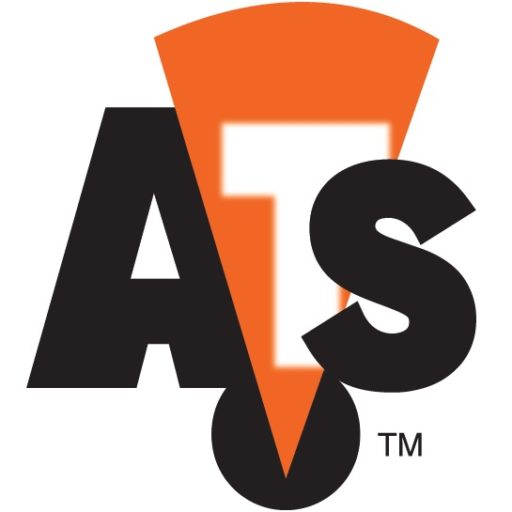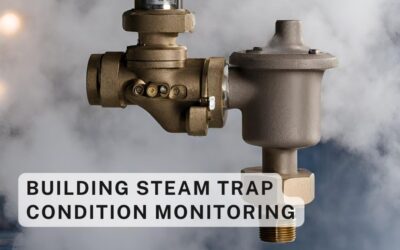Imagine you run a restaurant. Five mice move into your kitchen. You set out five traps. Four of the traps work perfectly—ridding your kitchen of four pests.
But the fifth trap fails. The last mouse just keeps eating your ingredients—and mistaking your pantry for a restroom.
You caught 80% of the mice. That’s a pretty big percentage but it’s not good enough.
The same is true when it comes to your facility’s steam traps.
Your steam traps remove condensate, air, and non-condensable gasses from the system while minimizing the loss of steam. Defective and leaking traps can lead to a 20% loss of the steam generated at the boiler. The loss is like the final mouse—it might not seem like much, but it can slowly and consistently cost you money.
Fix the defective and leaking traps, and you immediately increase the efficiency of your system. Effectively trap the steam—all the steam—and you’re saving money. Possibly a lot of money.
So how are you going to find the failing traps? Well, you could go with infrared thermography. Or you could choose ultrasonic measurement. Let’s look at both.
An infrared camera is one of the most commonly used tools to identify malfunctioning steam traps—whether the trap is plugged, blowing through completely, or otherwise malfunctioning. The IR camera can scan steam traps from a distance, which is important for hard to reach traps. Infrared thermography can capture thermal and digital images, which are useful for work order generation, report writing, and guides for the maintenance team. While this is an extremely effective way to locate failing traps, it’s important to note that fast acting traps sometimes lead to misleading thermal images, which might signal a malfunction even though everything is properly working.
The alternative to infrared thermography is ultrasonic technology, which offers you the ability to verify the functionality of the internal components of your steam traps. This allows you to compare actual function to optimal performance. Ultrasonic technology requires physical contact with the steam traps, which means it can be difficult to survey traps that are not easily accessible.
Of course, if you had a mouse problem, you might try a couple of different traps to get the best results. And the same is true when it comes to steam traps. A combination of infrared thermography and ultrasonic technology can help ensure you catch all the leaks and malfunctions.
Not 80 percent. 100 PERCENT. Think of it as building a better mouse…er…steam trap. And then think of all the money you save. That’s a lot of cheddar (Sorry, couldn’t resist).






0 Comments